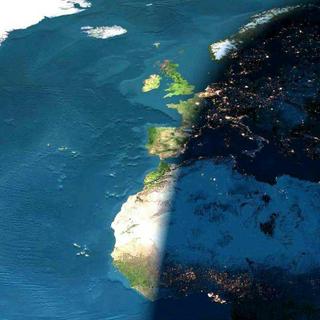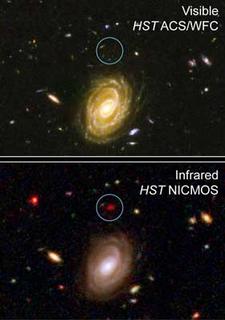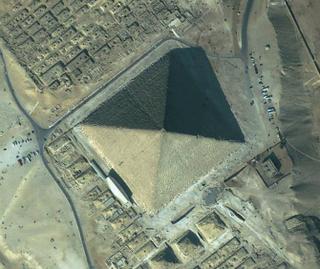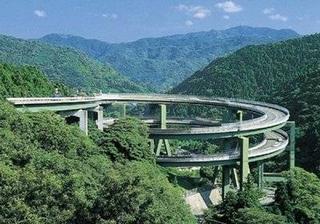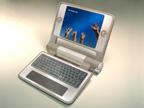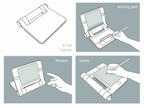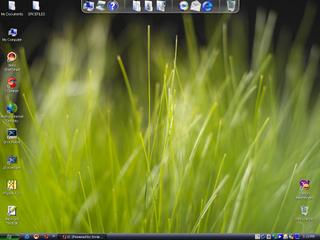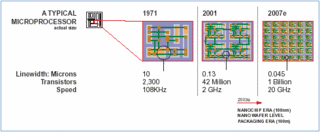
Tokyo - Japan's Sony unveiled a new version of its canine robot AIBO which -- unlike your average puppy -- can talk and keep a diary but which still needs love and attention.
The toy pet, which vaguely resembles a beagle with floppy ears, cannot walk nor talk when first switched on.
Apart from walking, it eventually converses with some 1,000 phrases suited to the "character" it develops as the owner cheers it up and strokes it.
It keeps a diary using pictures taken with its built-in camera when it is in the right mood. The owner can peek at the diary the following day, reading what comment AIBO made.
"AIBO owners have sometimes asked us what AIBO is feeling like in certain situations as it was not clear. They will be pleased to have this speaking function," said Kiyoko Kondo at Sony's Entertainment Robot Company.
"You would become more emotionally involved," she said.
The robo-dog may steal owners away from the Tamagotchi virtual pet, which swept the world in the mid-1990s.
Sony starts taking orders Thursday, with a price tag of 194,250 yen (1,720 dollars) in Japan including a five-percent sales tax.
Depending on the character it develops, a playful AIBO will try to come out when enclosed by cardboard while a pampered AIBO will call its owner for help.
The new model is also more like its flesh-and-blood equivalent, scratching its ears with a hind leg, yawning and cooing in response to gentle stroking.
But it also comes with several lives. Owners can skip the maturing process and make AIBO an adult instantly or switch the adult back to a pup to enjoy the growing-up stage.
AIBO charges its battery by itself when it is "hungry".
Sony has sold 150,000 AIBOs since the original edition was launched in 1999 as the world's first entertainment robot.
Buyers of the first model were technology aficionados and young men but the customer group has gradually expanded to housewives in their 40s and 50s with grown-up children, Kondo said.
The robot dog has also won the hearts of senior citizens who want to show it to their grandchildren or have someone to talk to, Kondo added.
Some customers say they bought AIBO after their dogs died. And AIBO, unlike the real thing, does not cause allergies, and does not need to take a walk or seek the nearest lamp post to respond to the call of nature.
